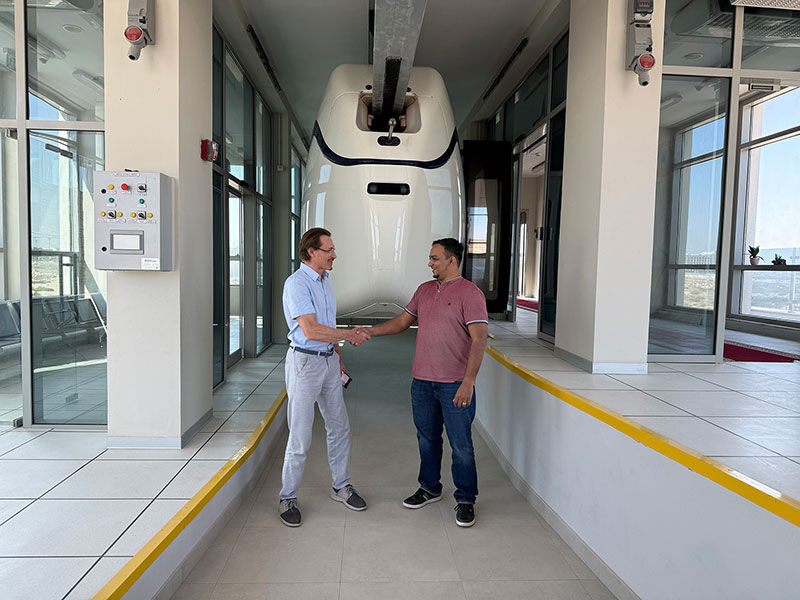Travelling with pleasure and no fatigue as a stand-out advantage of uSky Transport
- author

- Jun 30, 2022
- 2 min read
Updated: Jul 18, 2022
[30.06.2022]
Daily, urban residents spend half of their quality time en route, stuck in traffic jams or a crowd of people in metro and train cars, buses, trams, and trolleybuses. Resultingly, public transport passengers suffer from the total exhaustion called “travel fatigue” with relevant attributes like apathy, lack of energy, chronic fatigue, and bad mood for no reason.
One can stay in the underground metro for less than 1 minute with no harm to health. The loudest noise, strong electromagnetic fields, claustrophobia, and excessive crowding of people in a limited underground space adversely affect health.
In a new survey of noise levels in the New York City transit system, researchers at Columbia University's Mailman School of Public Health found that exposure to noise levels in subways has the potential to exceed recommended guidelines of the World Health Organization (WHO) and the U.S. Environmental Protection Agency (EPA). According to the research, as little as 30 minutes of exposure to decibel levels measured in the New York City transit system per day has the potential to result in hearing loss.
The researchers at the University of Southampton analysed the underground railway particulate matter collected at European stations and concluded that the inhaled air contains myriad potential toxicants, which varied by source and site. These might include particulate matter containing transition metals, polyaromatic hydrocarbons and soot, aeroallergens, and pathogens. Underground air was metal-rich, especially iron, and generated reactive oxygen species in a concentration-, size-, and iron-dependent manner.
A private car contributes to travel comfort neither, as it gets stuck in traffic jams making drivers nervous, which leads to chronic stress, including the stress resulting from the need to intensely analyse the situation on the road to ensure safe driving.
Travel fatigue is also created by the physiological characteristics of a person – his vestibular apparatus does not tolerate frequent braking and acceleration, vibrations, shaking, and noise. In addition, passenger fatigue depends not only on the modes of oscillation of the vehicle body but also on the duration of exposure to such accelerations.
To determine the travel comfort, a complex criterion has been developed – running smoothness W, which considers both the acceleration of passenger oscillations and the frequency of these oscillations. With W = 2, the passenger will not feel as if he rides at a speed of 500 km/h, but as he sits at home in his couch. This corresponds to the travel comfort level in a high-speed uFlash on a string rail overpass built using uSky Transport & Infrastructure Technology.
Factors that ensure a high level of travel comfort for passengers in uSky complexes:
advanced smoothness and rigidity of the track (construction and dynamic irregularities of max 10 mm over a 50 m span), suspension softness (static travel of min 300 mm), and low noise (max 50 decibels) in motion;
low acceleration and deceleration of the rolling stock (up to 0.5 m/s2) due to the lack of traffic obstructions; no traffic jams, intersections, traffic lights, pedestrian crossings, and low-speed zones;
automated control system and lack of hazardous and unreliable transport interchanges;
low waiting and travel time, as well as the ability to travel door to door when using private individual and family uPods.


uSky Transport offers its passengers guaranteed safe and comfortable travel passing with pleasure and no fatigue.



